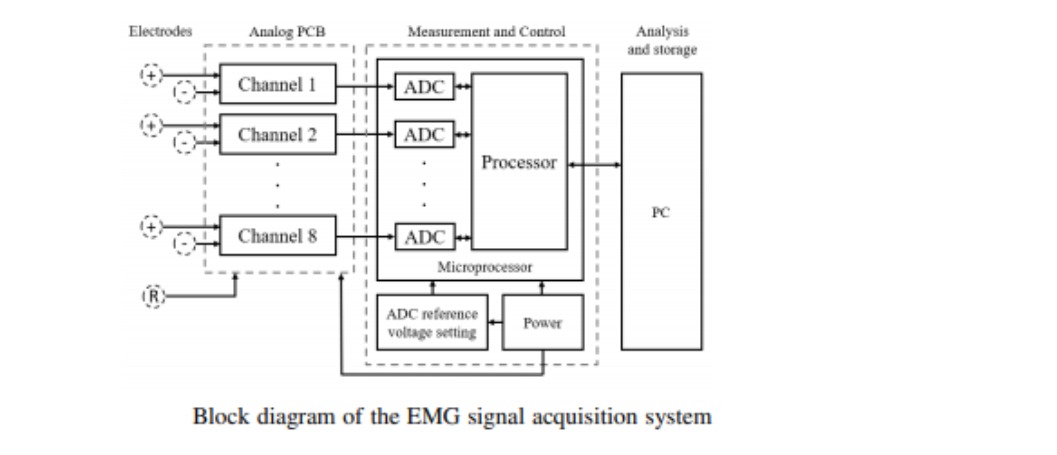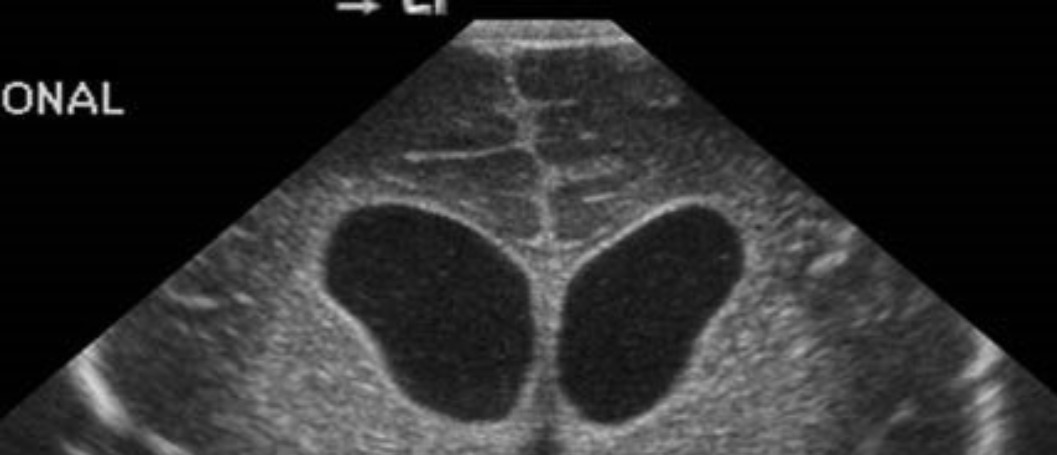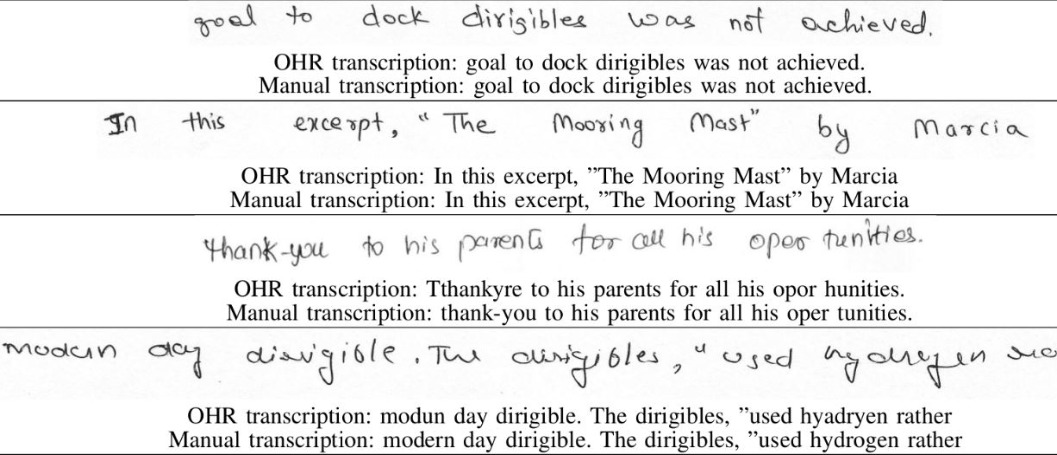Surface-EMG system -a real time portable low-cost multi-channel surface electromyography system
Surface and needle-based electromyography signals are used as diagnostic markers for detecting neuromuscular disorders. EHRC proposes Design of a real time portable low-cost multi-channel surface electromyography system to aid neuromuscular disorder and post stroke rehabilitation patients








Surface and needle-based electromyography signals are used as diagnostic markers for detecting neuromuscular disorders. Existing systems that are used to acquire these signals are usually expensive and invasive in practice. A novel 8 channel surface EMG (sEMG) acquisition system is designed and developed to acquire signals for various upper limb movements in order to evaluate the motor impairment. The real time sEMG signals are generated from the muscle fibre movements, originated solely from the upper limb physical actions. Intuitively, sEMG signals characterize different actions performed by the upper limb, which is considered apt for assessing the improvement for post stroke patients undergoing routine physical therapy activities.
The system is designed and assembled in a view to make it affordable and modular for easier proliferation, and extendable to motor classifying applications. The system was validated by recording realtime sEMG data using six differential electrodes for various finger and wrist actions. The signals are filtered and processed to develop a machine learning (ML) model to classify upper limb actions, and other electronic systems are designed in the portable form around the patch electrodes.
A novel portable low-cost eight channel sEMG signal acquisition system was designed, fabricated, and tested as a proof of concept. To validate the system, the sEMG signals for single finger actuation and wrist actuation was acquired multiple times.The developed sEMG signal acquisition circuit automatically collected signal over time from an individual, that will provide insight into the rehabilitation progress of the individual. Thus avoiding tedious manual evaluation of the individual and provide personalized exercise and physiotherapy plans.
Kindly refer to the attched PDF and Video for more details on the proposed design of Surface-EMG system.
Team Members
Vinay Chandrasekhar , Vikas Vazhayil
Principle Investigators